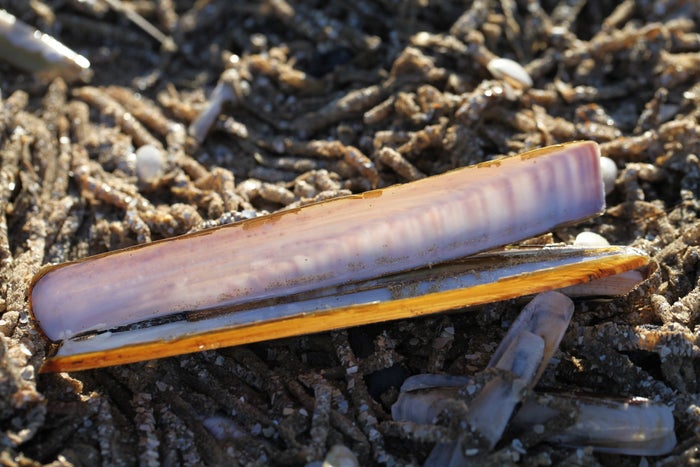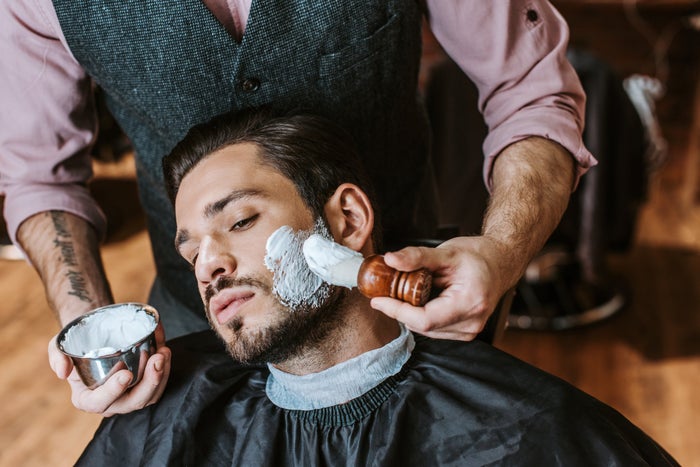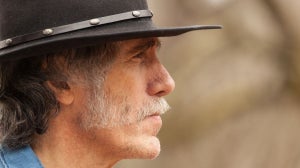
Male grooming habits haven't always been the same. Although men have shaved since antiquity, there was a time in prehistory when men simply wouldn't have had the tools to achieve a close shave. That said, flint provided sharp materials for hair removal – if not the sort of manscaping we might consider to be a part of intimate male grooming today – even in the Stone Age. Of course, it wasn't until people started to fashion metal into tools that shaving, hair cutting, and male intimate grooming became possible. So, if you think that men's pubic hair styling is an entirely new phenomenon, then perhaps it is time to reconsider.
Read on to learn more about male grooming habits, how they have changed over time and, in particular, the rise in popularity of manscaping and male intimate grooming.
Male Hair Removal in Ancient Times

Even the best flint stones had limited use for hair removal, so men tended to sport long hair unless they were part of a community that lived close to the coast. In the ancient Mediterranean world, evidence has been found that a pair of shells were sometimes used to deal with unwanted hair by both men and women. This approach appears to have involved using the sharp edges of clams and razor shells to pluck as well as cut hair.
When the Bronze Age came to pass from around 3,000 BCE, metal tools were first used for much more effective hair removal. Although it has long been established that women would use simple cutting tools to keep their body hair in check, the same can be said of men, as well. The Macedonian war leader who went on to become known as Alexander the Great promoted shaving among his troops from a young age. It isn't known whether this is because he thought it made his men less liable to personal hygiene problems or because it was a military tactic – some say he feared beards could be pulled by enemy soldiers in close combat – but the fact is that he promoted hair removal.
Certainly, it is known to scholars of Ancient Egypt that pubic hair removal was popular among the aristocracy. Kings, queens, princes and princesses would all have their pubes cut off, often with highly symbolic, high-value metal tools encrusted with jewels. Since Alexander went on to capture Egypt, he may have been influenced further in his manscaping regime by Egyptian customs.
Medieval Manscaping – Was it a Thing?
During the Middle Ages, hair became much more pronounced once more, especially among men. However, this didn't mean a complete return to the Stone Age. Generally speaking, this was because lice were common at the time and one of the only known ways for people to get rid of them was to opt for total hair removal. In other words, the art of male head hair and body hair removal was never lost, it merely went out of fashion for a few centuries
The 1700s and the Advent of Razors

Copper and precious metals had been used for razors for some time but in the 18th century steel production ramped up, the material from which modern razors are often made. Straight razors, also known as cut-throat razors, became available to wider society, not just rich folk. They weren't easy to use, however, so the barbershop – a place where you'd be shaved professionally – took off. It wasn't until 1901 , when King C. Gillette first launcheded his famous double-edged safety razor, that self-shaving became popular. From that point on, male intimate grooming became more common as men learned how to shave their pubic hair properly, even though it was still not the norm for a few decades yet.
The Advent of Male Intimate Grooming and Bodyscaping

Although men tended to keep facial hair in check during the 1930s and 40s, by the 1960s, the hippie period of flower power and long hair took over. The advent of manscaping would have to wait until fashions changed again from about the middle of the 1980s. At this time, the New Romantic scene and the androgynous looks of established stars, like David Bowie , meant that, for some men at least, shaving closely was a highly desirable look.
As fashions in women's intimate grooming changed in the 1990s and early part of the 21st century – which basically meant less and less pubic and underarm hair with looks like the so-called Brazilian becoming trendy – so men's fashion followed. These days, there are many men of all orientations and preferences who don't think twice about removing their back hair, their chest hair and, in many cases, their pubic hair, as well. Given the plethora of male intimate grooming products that are now on the market, it is hardly surprising how manscaping to reduce the amount of length of body hair has become so popular. For one thing, it's easier than it ever has been in the past thanks to the Gillette INTIMATE™ Grooming range of products.
Of course, no one can say whether male intimate grooming will continue to be on-trend in the decades to come. That said, there is plenty of market research that suggests men want to appear tidier, especially when they're sharing intimate moments with their partner . One thing we can say for sure, though, is the idea that male intimate grooming is a taboo issue any longer is over. This is largely because it's something that so many men choose to do and think nothing more of it than they would shaving their face.









